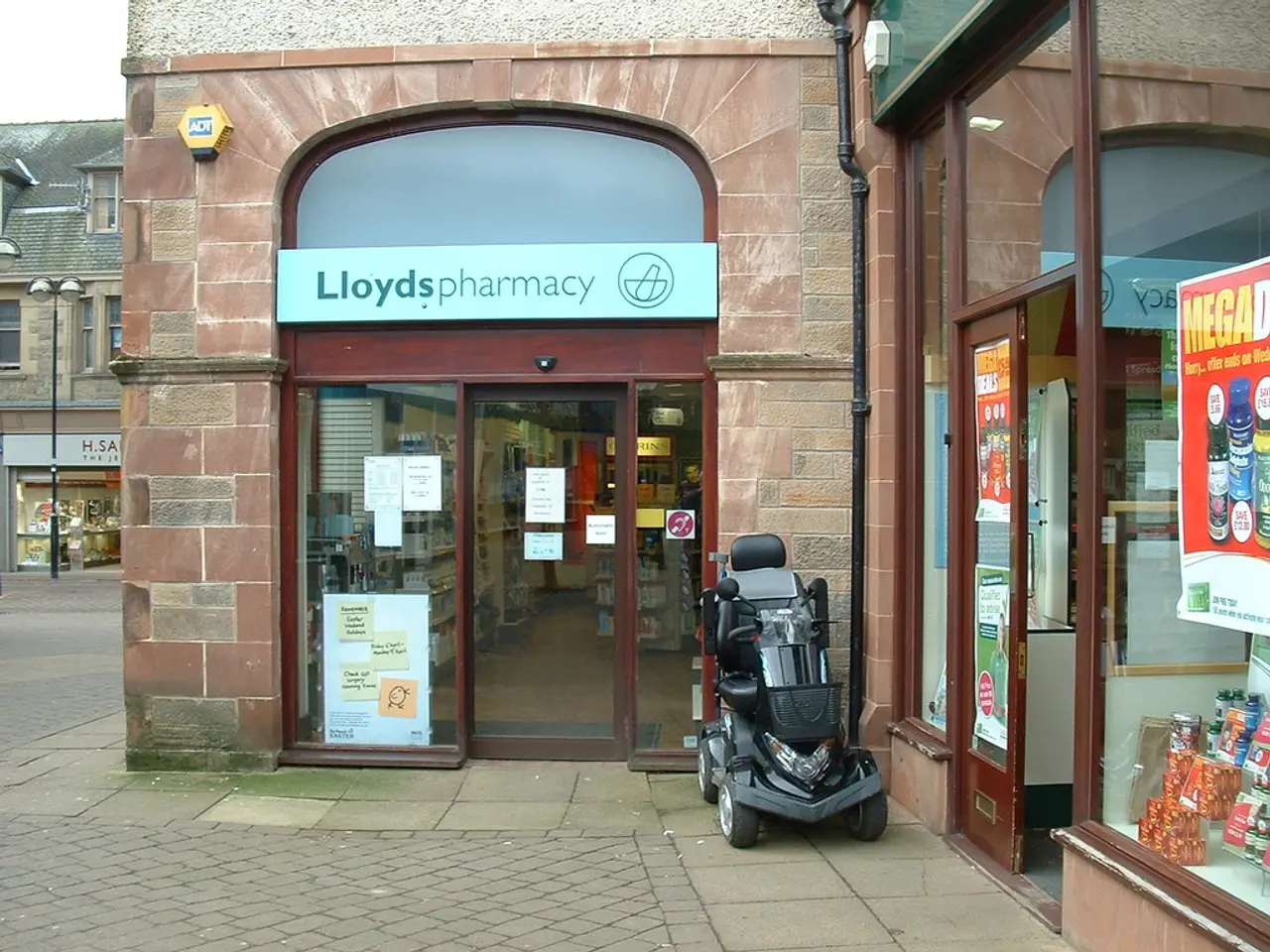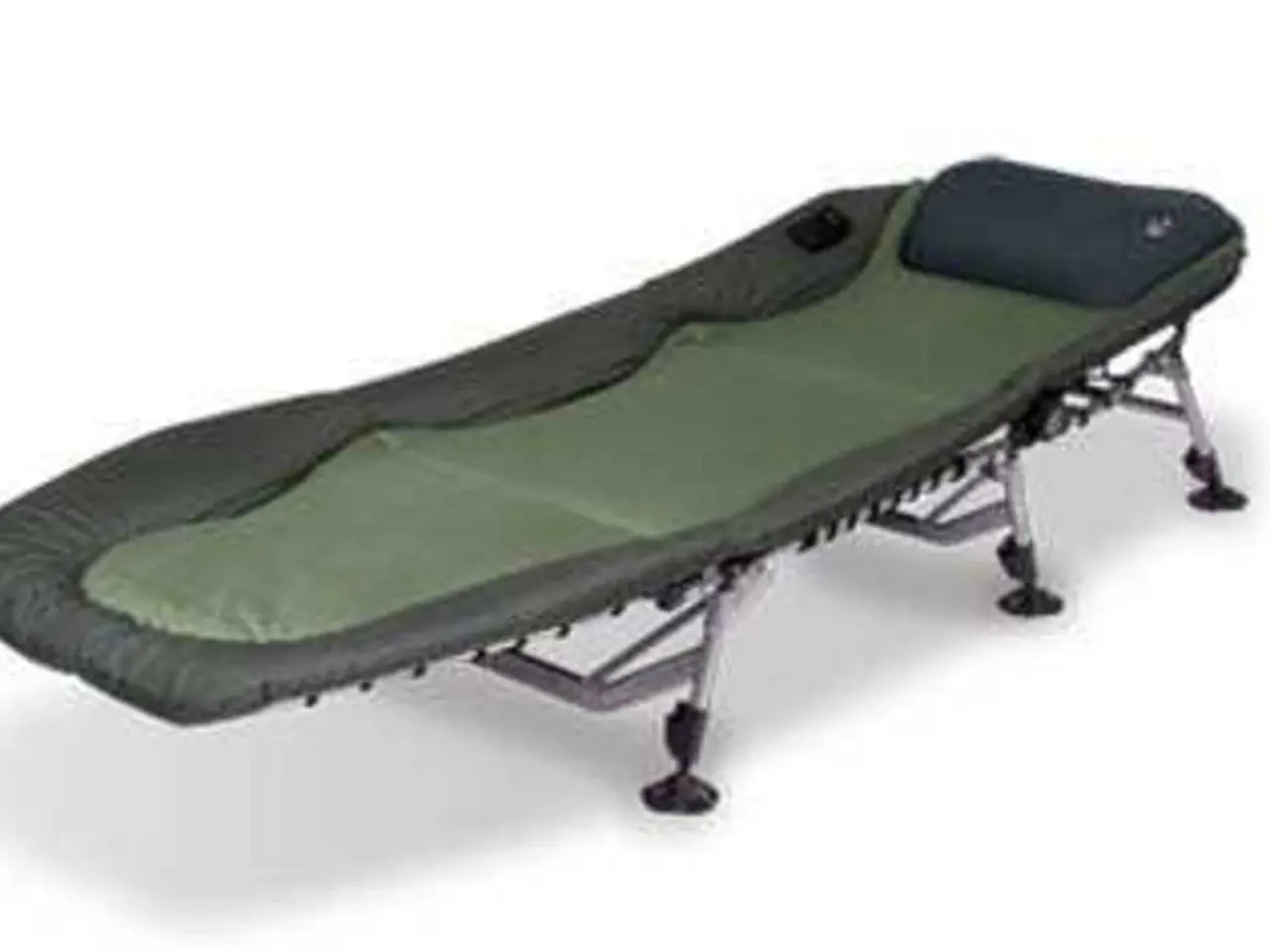Cost of Enbrel in 2025: Discounts and additional savings options
Enbrel, a prescription medication used to treat various conditions including rheumatoid arthritis, psoriatic arthritis, and ankylosing spondylitis, comes with a hefty price tag. The average cost of a weekly 50 mg dose without insurance is approximately $2,039.40, equating to around $8,150 per month for typical adult dosing [1].
However, for those with Medicare Part D insurance, out-of-pocket costs can be significantly lower. Medicare Part D plans cap out-of-pocket spending on covered drugs at $2,000 per year starting in 2025, meaning after reaching this limit (including deductibles and coinsurance), you pay nothing more for Enbrel that year [1][2].
The cost of Enbrel under insurance varies greatly depending on factors such as insurance plan specifics, formulary tier placement, negotiated prices between insurers and manufacturers, geographic location, and patient eligibility for assistance programs or coupons [2].
Other factors affecting Enbrel costs include the dosage regimen, availability and timing of biosimilars, pharmacy versus medical benefit coverage rules in various insurance plans, and the site of administration [3][4].
Here's a breakdown of approximate costs based on coverage type:
| Coverage Type | Approximate Cost | Notes | |---------------------|------------------------------------|----------------------------------------| | Without Insurance | $2,039.40 per weekly dose (~$8,150/month) | No generic; high list price | | With Medicare Part D | Out-of-pocket capped at $2,000/year | Varies by plan; after cap, no further co-pay |
For privately insured patients, costs will similarly vary due to plan-specific deductibles, copays, and negotiated rates but are generally much lower than the full list price.
Factors influencing cost variability include insurance type and plan details, dosage frequency and amount, biosimilar availability and competition, location and pharmacy/provider networks, and patient eligibility for assistance programs or coupons.
Given the complexities of Enbrel's cost structure, it's crucial for patients to consult their insurance provider or use tools offered by Medicare.gov [1][2] for precise out-of-pocket cost estimates.
Enbrel is available in multiple forms, including single-dose vial, single-dose prefilled syringe, single-dose prefilled SureClick autoinjector, single-dose prefilled cartridges (Enbrel Mini cartridges) for use with the AutoTouch reusable autoinjector, and multidose vial [3].
Biosimilar versions of Enbrel, such as Erelzi, Erelzi Sensoready pen, and Eticovo, are expected to launch around 2029 and could potentially affect future pricing [5]. Biologic drugs like Enbrel can be expensive due to the research needed to test their safety and effectiveness.
It's important to note that prior authorization may be required by insurance companies before covering Enbrel, and in some situations, Enbrel may be billed through primary health insurance instead of the prescription drug portion of insurance [3][4].
In summary, the cost of Enbrel treatment can vary substantially due to a multitude of factors. For precise out-of-pocket cost estimates, patients should consult their insurance provider or use tools offered by Medicare.gov.
- AbbVie's drug, Enbrel, is used to treat health conditions such as rheumatoid arthritis, psoriatic arthritis, and ankylosing spondylitis, but it comes with a high price tag.
- With Medicare Part D insurance, out-of-pocket costs for Enbrel can be significantly lower, with a yearly cap at $2,000 starting in 2025.
- Health insurance providers, formulary tier placement, negotiated prices, geographic location, patient eligibility for assistance programs, dosage regimen, biosimilars, pharmacy versus medical benefit coverage rules, and site of administration are some of the factors that influence Enbrel's cost.
- The cost of Enbrel under insurance can vary greatly, with privately insured patients generally paying much less than the full list price due to plan-specific deductibles, copays, and negotiated rates.
- Other factors affecting Enbrel costs include the availability of biosimilars, location and pharmacy/provider networks, and patient eligibility for assistance programs or coupons.
- Biosimilar versions of Enbrel are expected to launch around 2029, which could potentially affect future pricing due to increased competition.
- Science and medical research are critical for ensuring the safety and effectiveness of medications like Enbrel, treatments, and medical-conditions management, all contributing to the health-and-wellness industry's therapies and treatments offerings.




